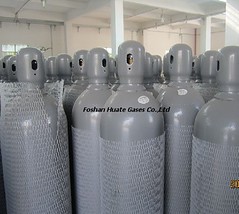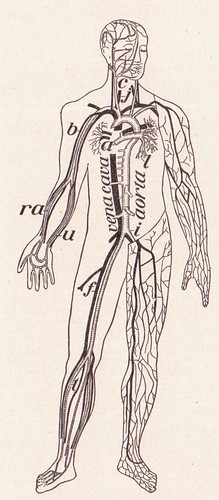
Blood clots can wreck quality of life and even kill by causing a stroke or a heart attack. But up ’til now doctors have been unable to predict when a clot might develop in a particular patient. Now nanotechnology is making possible a way to read signals in your urine that your body may be getting ready to produce one of these little clots with such destructive potential.
Just as seismologists are developing new ways to be able to predict when a volcano will erupt, researchers have developed a urine test that uses nanoparticles to detect thrombin, a major element of blood clotting. The test was made by converting a process that’s currently in use to detect colorectal cancer and has been successfully tested in mice that are high-risk for blood clots.
Good news is that the iron oxide particles used in the test have already been approved for use in humans, so the time to clinical trials shouldn’t be too prolonged. The test will be used to help people in emergency rooms who have symptoms that resemble those caused by a blood clot and also to monitor others at high-risk, such as those who fly a lot or who must spend a lot of time in bed after surgery.
I have a relative who suffered a stroke at a young age, so I know how terrifying it can be – and how it can degrade a person’s quality of life. The goal of the new test is to make it as easy as, “Pee on this stick and call me in the morning.” Imagine the sadness, fear and suffering that could potentially be averted.




















